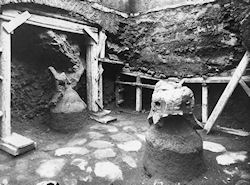
Figure 31: The courtyard with stone mills (AFSRCM)
At the lower end of Via delle Tre Pile, a stretch of the city wall in Grotta Oscura tufo blocks came to light. It was a part of the defensive system of the Capitoline Hill and was dated to after the Gallic sack of Rome (c. 400 BCE; Muñoz and Colini 1930, 34-8; Muñoz 1943, 9; Battaglini 2006, 89-90). In the space between the walls and the hill there was an open space, a sort of agger (rampart), where in the Imperial period tabernae (shops) were built (Muñoz and Colini 1930, 38-43; Lugli 1940, 7). They were trapezoidal in shape and barrel-vaulted, and one of them had remains of painted plaster on its walls. The shops are still accessible through manholes opening on Via del Teatro di Marcello. Also abutting the rocky slope was a large building of the 2nd century CE with several rooms, including a courtyard where four sets of millstones were found (Figure 31; Muñoz and Colini 1930, 53-4; Muñoz 1943, 10; Colini 1998, 130-3, 143-4).
© Internet Archaeology/Author(s)
University of York legal statements | Terms and Conditions
| File last updated: Mon Mar 12 2012